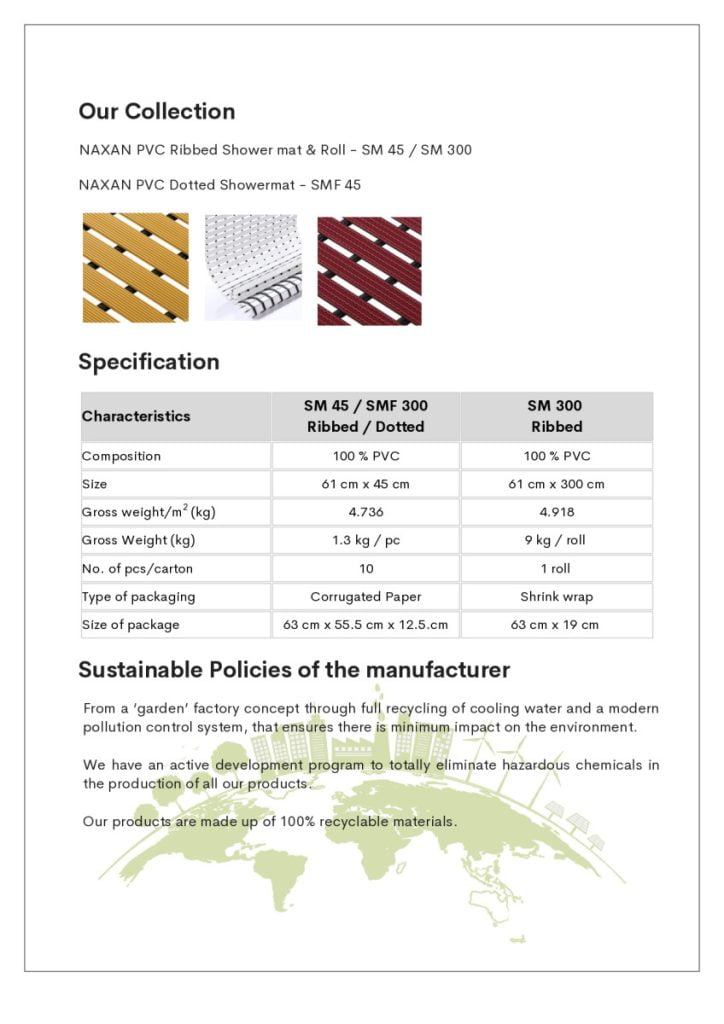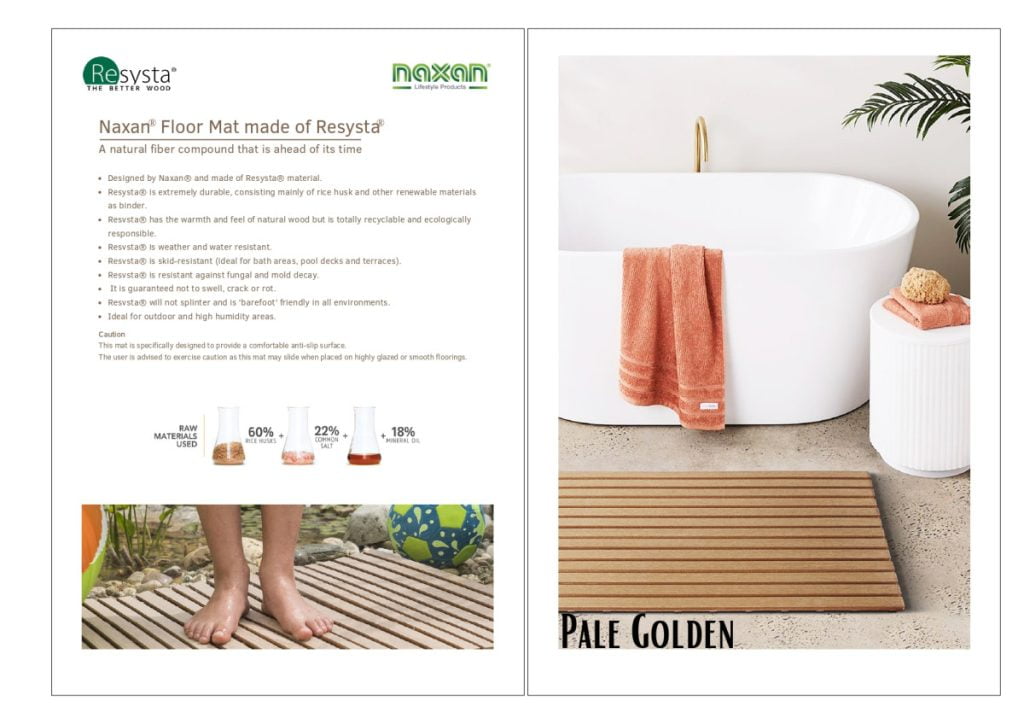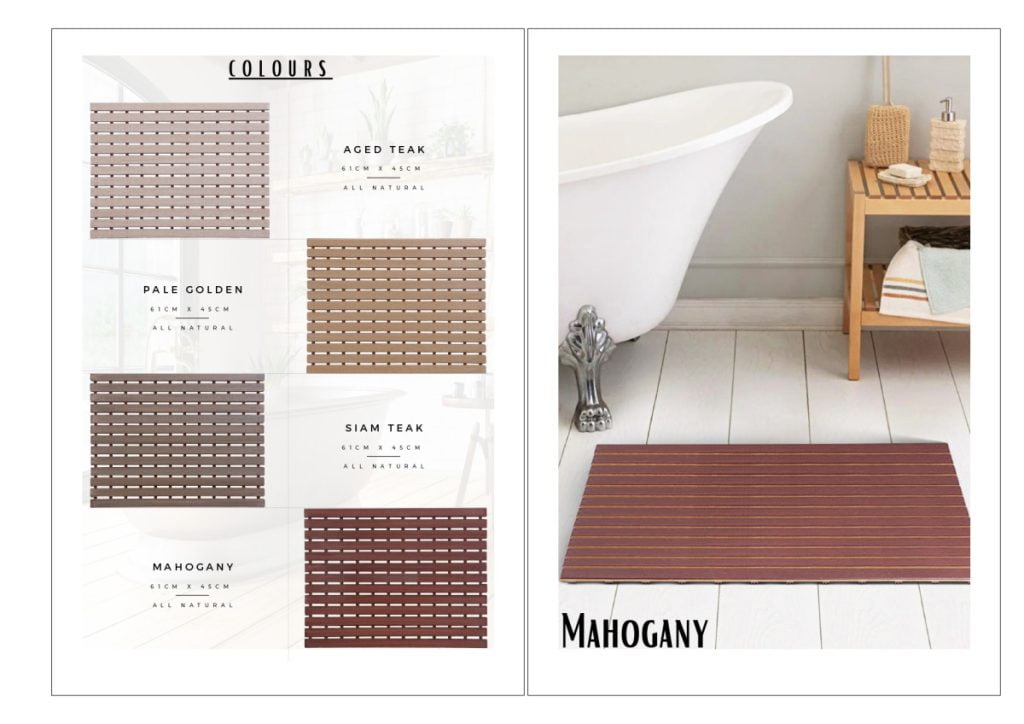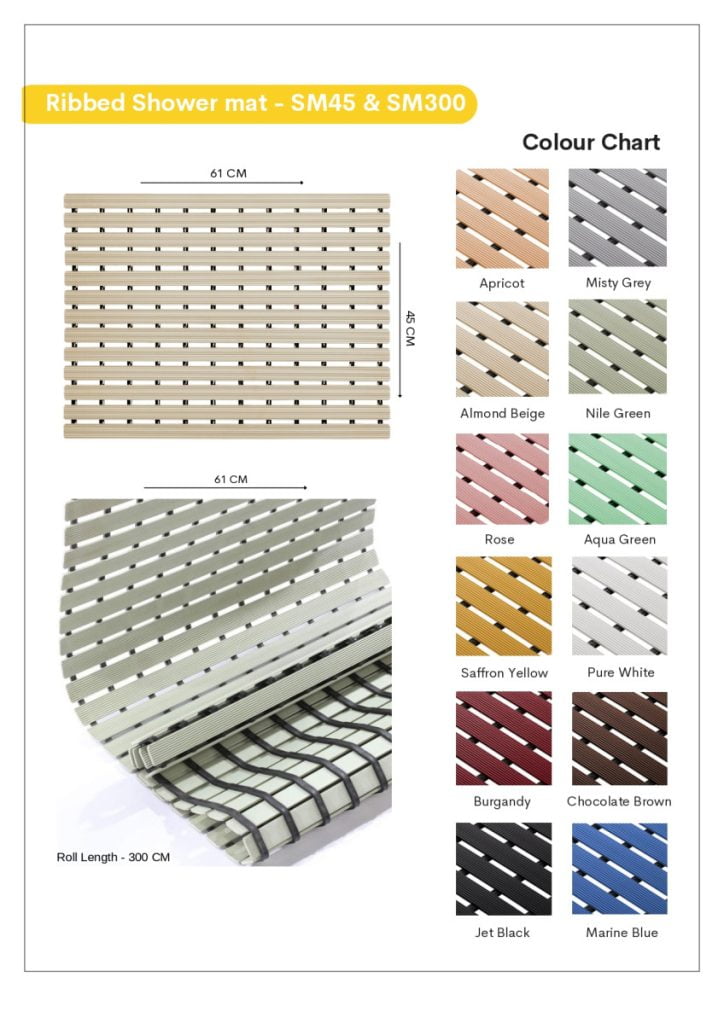Introduction
Carpet tiles are an increasingly popular type of flooring; they are varied in design, very practical and can be easily installed or maintained. Everyone involved in construction, including builders, architects, showroom owners, and interior designers, should learn about the best practices for installing Carpet Floor India tiles. Continuing from the previous page, here are some steps and important instruction for carpet tiles installation which will make your project easy and aesthetic.
1. Planning the Installation
However, planning is vital before starting any type of building project. Carpet tiles offer numerous design possibilities, but it’s important to first consider the following:
Site Mapping: Take the dimensions of the room and determine the length and the width. Locate the focus and then bisect the area into four regions to help in speeding up the installation process.
Moisture Level: Another factor that could hutch carpet tiles with time is moisture on the sub-floor and therefore, one should test the moisture in the sub-floor. In some cases where moisture problems may be anticipated, a floor primer must be applied.
Subfloor Preparation: Sweep and vacuum the subfloor so that it will be clean, make sure the floor is level, then use a putty knife to patch up any dents that the Carpet Floor tiles could not cover.
Pattern and Design Planning: Ask yourself what picture you are going to create with the carpet tiles; you may want an homogeneous picture or a layout like checkers.
Pro Tip: If you want the best outcome, usually, purchase 10% more carpet tiles as spot for mistakes or even future replacements.
2. Tools and Materials
Here’s a checklist of tools and materials needed for a smooth installation process:
Carpet tiles
Carpet adhesive
Carpet cutter; Utility knife
Vacuum or broom
Measuring tape and chalk line
T-square for precision
Level and notched trowel
Floor roller for good bonding
3. Subfloor Preparation
To ensure a durable and long-lasting carpet tile installation, the subfloor must be properly prepared:
Sweep the floor and if there is any flooring material you’d like to take off, make sure you do it.
Seal up any gaps or low-point levels with a self leveling compound.
Sweep or vacuum the area thoroughly all the time.
When fixing to concrete, it is advisable to use a primer in order to avoid moisture penetration.
Tip: Check that the surface, beneath which the tiles will be installed, is free from moisture and adjust the temperature of the room to normal, which should be conducive for the carpet tiles to be placed in for 24 hours at least.
4. Measurement and Drawing Projections
The next step involves dividing the room into quadrants:
Tape measure the room and determine the exact center of it. Mark it with chalk lines.
Take aChooser and divide the room into four equal portions, then draw a line Russian through the middle of the room.
Also to ensure that the chalk lines are straight and the angles perfect take a T-square.
5. Design Layout and Dry Fit
Laying out the carpet tiles before securing them allows for design adjustments:
Lay the tiles in concentric circles with an outermost circle also involving rows in the shape of the circumference.
Be sure to refer to the manufacturer’s directions for installation direction to make certain that no shade or print patterns are wrong.
If you would like the tiling to be continuous, lay the tiles in a uniform manner, all running in the same direction or if your interior design preference involves using tiles with contrasting colors and patterns you can place the tiles haphazardly in a checkers fashion with the latter rotated in a different direction from the former.
Tip: Suggestions for using the tiles include using tiles from different packs to provide for the variations in color.
6. Installing Carpet Tiles
Now, it’s time to install the carpet tiles:
Starting right in the middle of the floor space, start installing the tiles along the chalk lines made from the middle to the edges of the room.
When it comes to glue-down tiles use a notched trowel to apply adhesive and apply it uniformly and use the manufacturer’s instructions concerning setting time.
7. Trimming and Final Touches
Rooms are rarely perfectly square, so perimeter tiles will likely need to be trimmed:
Measure the distance between the complete last tile and the wall.
Trim the tile to size with a utility knife and a straight edge or an angle grinder, so that the tile should not have gaps when placed on the surface.
8. Final Rolling and Clean-Up
After installing all the tiles, use a floor roller for setting down the tiles and filling all the air spaces besides making sure the adhesive has set properly. Subsequently there should be the fixing of any baseboards and then the floor needs to be cleaned by vacuuming to rid it of debris left after installation.
9. Maintaining them frequently, so they can serve you for long periods of time.
Carpet tiles are durable and low-maintenance, but regular cleaning will ensure they maintain their appearance and last longer:
Always Vacuum often to prevent build up of dirt and dust all over the house.
Mold stains should be treated early enough since they are likely to cause a lot of damage.
This is that if some tiles are broken they must be replaced so as to ensure that they do not expose too much area of the floor.
Conclusion
Carpet tiles are perfect fits for carpeting any space since it is flexible in expressing designs and entirely easy in the maintenance area. Adhering to these installation tips and tricks, you’ll easily achieve a professional looking outcome that complements the aesthetics and usability of the environment. It also makes it easy to install a carpet with a carpenter or an office with carpet or even an extraordinary pattern design.
Looking for dust free, easy to install and colorful carpet tiles to renew your office or home environment ? See our tips today and discover the best carpet flooring design which can be implemented in your project.






